#historical books
Text
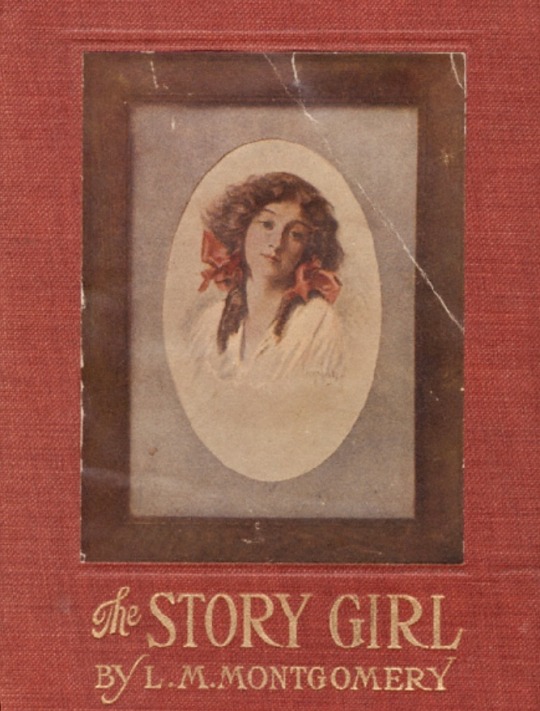
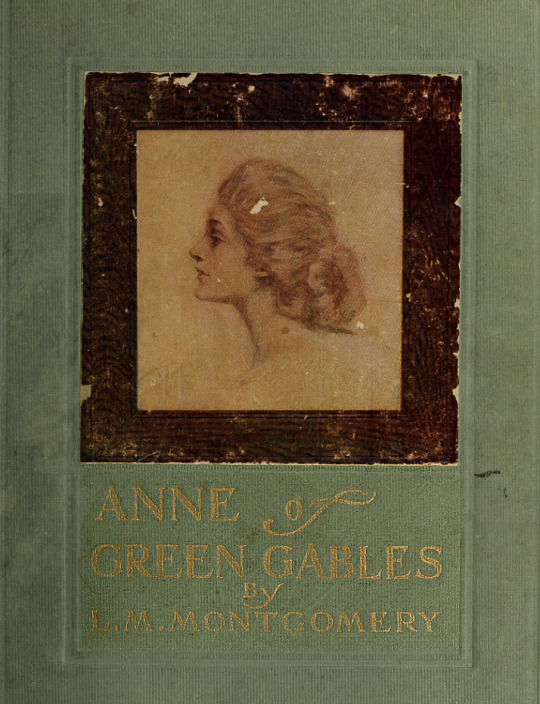

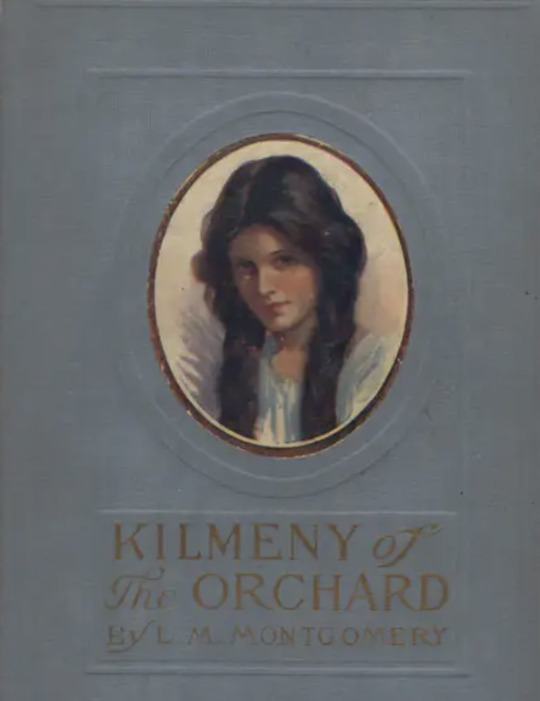
Edwardian First Edition Covers of Lucy Maud Montgomery books.
The Story Girl (1911), Anne of Green Gables (1908), Anne of Avonlea (1909), Kilmeny of the Orchard (1910).
#aesthetic#art#art history#historical fashion#historical art#women in art#women#edwardian aesthetic#Edwardian#Edwardian era#lucy maud montgomery#lm montgomery#anne of green gables#prince edward island#anne with an e#books#historical books#book art#Anne Shirley#pei#paintings#victorian#victorian aesthetic#1900s#1910s#book aesthetic#reading
392 notes
·
View notes
Text
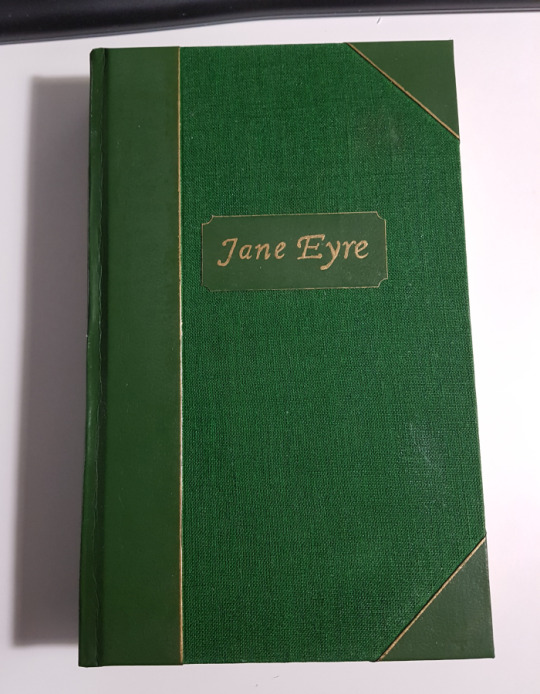
Of course, while I was hitting up Project Gutenberg for Bookbinding books, I had to see if there was a version of one of my favourite classical books - Jane Eyre.
As before, I formatted it in Word for print. For this one, I learned how to trim the pages with a chisel - it's a lot of work, but the resulting page edges are very satisfying.
I stitched in headbands to the top and bottom of the textblock, and the cover is made from the DIY bookcloth using book glue, and a faux leather style bookcloth for the spine, corners and name plate.
Though I did attempt to learn how to do gold foiling, I could not get a satisfactory result, and used a metallic gold pen for the text and gold edges.
I tried to seal the gold on the faux leather bookcloth with an artist's spray fixative, and learned the fixative spray *will* make the bookcloth look a little cloudy. So the more you know.

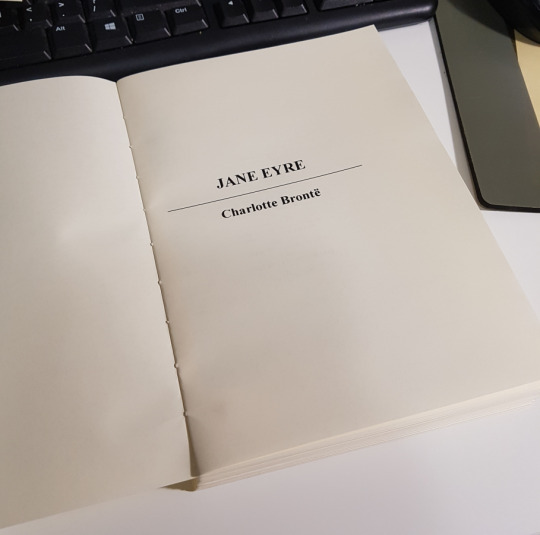
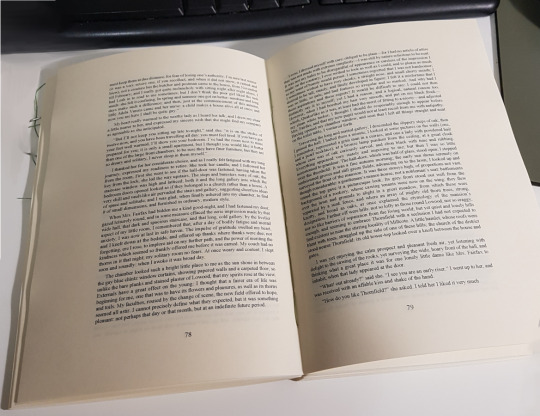





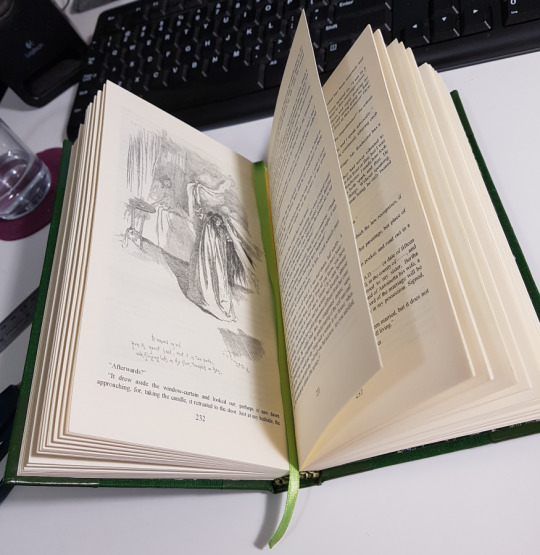

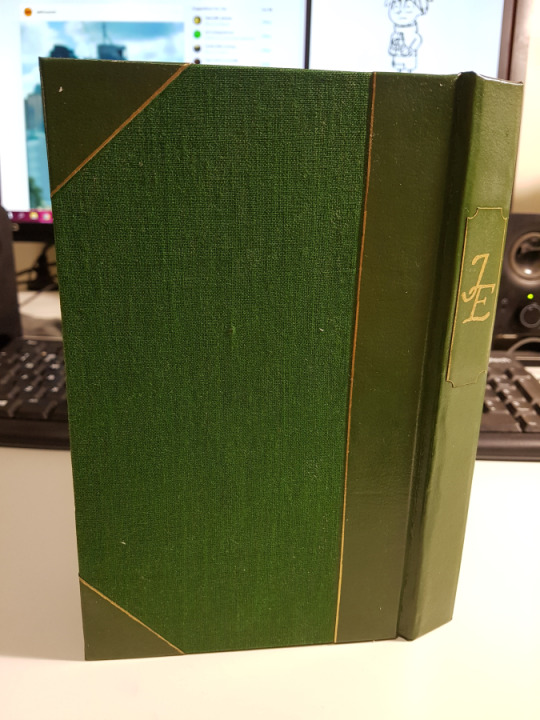
56 notes
·
View notes
Text

This week I finished reading this book—
The Republic of Pirates
by Colin Woodard
For a book that's entirely nonfiction and written with only the solid facts as the main focus, I can honestly say I felt more emotions reading this than any other book in a long time.
Despite my instinctive love for the world and concept of classic pirates, when I picked up this book I was preparing to be disappointed in some ways; I wanted to know the truth about them, but I was afraid the truth was dismal and that I was going to find a book full of men not to be admired, motivated by their own greed and violence.
In the history of piracy there is certainly greed and violence, but it's not the pirates that I found myself despising. Maybe I'm still a little biased by my idealized view of them, but after reading this book I can't help but feel more love for that league of pirate kings and queens. These were people whose governments—mainly the British, but also the French and others, including the blooming Americas—had not only neglected, but also abused and exploited and even tortured. More than once in the early chapters I had to put the book down because I felt overwhelmed reading about some of the accounts of navy and merchant ships, whose captains and owners had manipulated or even straight-up kidnapped men and boys to put to work as practical slaves. Hundreds of thousands of innocent lives were lost to the sea with no proper respect, sometimes even through deliberate murder by their superiors, and no one did anything about it because these men and boys (and the women and children who were left behind) were poor and had no power, existing as nothing but a workforce for politicians and businessmen to use until they broke.
I'm not going to pretend the pirates weren't sometimes just as vile; of course they were, at times. But these men had decided that enough was enough, that their lives were worth more than having their bodies dumped overboard so some old man could count his riches in his mansion back on land. I feel like many of us can still relate to this in our world today.
These men and women weren't saints, but I don't know what choice they had. Mutinying, thievery, fear tactics—these were all the resources they had, and it was either that or continue to be exploited by a system that gave them no benefit. And in the end, even the most vicious pirate in this book was not as corrupt as most of the high-class thieves and murderers who got away with their corruption because it was legal. The pirates stole to survive and try to thrive in a world not made for them. They married women of other cultures and had beautiful mixed children in a time when that was rare and would be for three more centuries. They often freed slaves from the cargo holds and invited them to join their crews, not caring about their skin color or even if they didn't speak the same language. I found myself laughing more than once at how the many of them would board a ship and then send the crew on their way with an apology and well wishes to get home safely, sometimes even paying the captain for his trouble and the goods they took. Though they did harm some people and earned their reputation in some ways, these men weren't a stereotype of cruelty and lust. They were human.
I held myself back because I was in public at the time, but when I read the last few pages detailing the fall of the pirate leaders, I felt somehow like I was losing friends. They certainly weren't perfect, but I also can't agree that they deserved their fates. The propaganda and political corruption of the times had ensured pirates like "Blackbeard" would be remembered with hatred and terror even to this day, when in reality, the brilliant Edward Teach was known in his circles for his mercy and moral standards toward his men and his victims. In a world where violence was utilized like a tool, forced upon men like him who didn't actually want violence, did he really deserve to die so brutally? Did Calico Jack and Stede Bonnet and Mary Read, and that 20-something-year-old who called the audience cowards for not standing up against their oppressors just before he was hanged with seven others? In a republic (because it was exactly that, a system of fair election based on merit), did the pirate leaders deserve to have their society torn apart so that the old system of exploitation could continue?
After I finished the book, I ate dinner and just wondered...What if? What if some of the pirates' political plans, like Charles Vane's desire to depose the royal family, had actually happened? (That's the same royal family that still rules Britain today, by the way.) What if they had been united with more educated people to enhance their society, providing more structure to it? What if they'd kept Nassau as their capital, creating a trade system that might help fund their goals and dreams? What if their knowledge about other lands and peoples had become the norm? Would we be more intermixed in color and culture today, more advanced in our treatment of other people groups as equals? What if the ideologies hadn't been suppressed, but had been allowed to spread around cities and towns in Britain, Europe, and the Americas, ideologies of freedom for individuals and curiosity about the world and motivation to challenge injustice? What if they'd been given the chance to rule for longer than just the handful of years they'd had?
I didn't mean to write all of this, honestly. I was just going to give a little summary and post the photo. But it's been repeating in my head for days now...What if?
(And just to be clear, I would have married Blackbeard if he'd asked.)
#books#bookstore#bookblr#book blog#books and reading#pirates#pirate vibes#pirate aesthetic#ocean#sea#beach#adventure#nonfiction#historical books#history#book summary#book review#book recommendations#the republic of pirates#mine#rin speaks#blog post#beach aesthetic
23 notes
·
View notes
Text

Our librarians have decided, without reading any of the 16th century Latin, that this image must be attempting to portray… A monkfish.
Illustration from the Ortus Sanitatis: de herbis & plantis (1511). From the Rare Books Collection, John Oxley Library, State Library of Queensland.
Source
#library#libraries#slq#state library of queensland#ortus sanitatis#medieval#medieval literature#classical literature#rare books#fascinating#history#historical books#historical literature#dark academia#dark academia aesthetic#from the collections#medieval woodcut#woodcut#medieval art#early enlightenment#early printing#early publications#support libraries#statelibraryqueensland#statelibraryofqueensland#funny history#funny#medieval memes#artist#art
247 notes
·
View notes
Text
“What’s that one musical?”
Hm?
“The one made in the late 2010s and is based on a long book”
Great Comet, Les Mis, or Hamilton
“The one that takes place in the 1800s”
*Great Comet, Les Mis, or Hamilton*
“The one with the Europeans”
*Great Comet. Les Mis. Hamilton.*
“The one with the gay ships”
WHICH ONE?????
#great comet#les miserables#les mis#hamilton musical#Hamilton#danatole#anatole kuragin#fedya dolokhov#enjoltaire#grantaire#enjolras#alexander hamilton#john laurens#historical lams#lams#gay#lgbt#historical books#musicals#historical musicals#musicals based on books
399 notes
·
View notes
Text
Review: MADDALENA AND THE DARK (2023) by Julia Fine
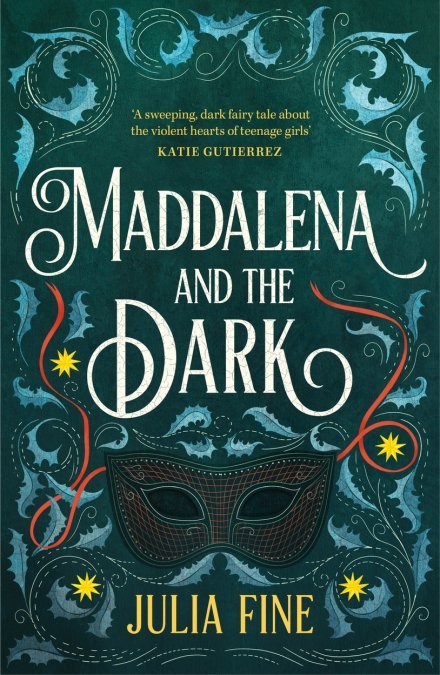
In the year 1717, Venice is a power well past its prime. The splendour of its palazzi and the garishness of the costumes at display during its months-long season of carnival are undented by time, but new powers have long risen in the west and overshadowed Venice as the main players of Europe. Social life of the aristocracy is stale and predictable; but not for one Maddalena Fausta Grimaldi. The 15-year-old girl with a glorious last name recently tainted by the scandal of her mother running away with a paramour, Maddalena has only one real purpose in life—to wed and breed—yet even that one purpose is imperilled by her mother’s indiscretion. So her older brother has her sent to the Ospedalle della Pietà, a female orphanage-cum-convent-cum-prestigious musical school…
Read more...
#book review#book recommendations#historical#historical fiction#historical books#lesbian fiction#lesbian book#sapphic fiction#sapphic books
11 notes
·
View notes
Text
Author Spotlight: Marianne Ratcliffe
This month, we're excited to bring you a guest post by Marianne Ratcliffe, author of the club read A Lady to Treasure. Marianne's post discusses historical sapphic books and how A Lady to Treasure addresses some common concerns about historical fiction - read on to hear more!

Why are so many lesfic readers wary of historical fiction?
As a writer of historical sapphic fiction, it pains me to see so many lesfic readers state they do not like it and/or will never read it. It also confuses me a little, because where sapphic books have hit the mainstream, many of them are historical (think Tipping the Velvet, The Seven Husbands of Evelyn Hugo, Gentleman Jack). What’s going on? I recently asked this question on Twitter and received some interesting responses.
Firstly, several people told me they loved sapphic historicals, and that there weren’t enough of them! As you can imagine, this was music to my ears. Of those that were wary, the main reasons were:
Readers want joyful stories with Happily Ever Afters (HEAs), not another miserable story of oppressed queer folk who can never be together.
Many people didn’t want to read about homophobic bigotry, or closeted gays.
Some responders had issues with historical fiction when it is not well researched, and found inaccuracies or anachronisms are off-putting. (I completely agree with that one!).
In too many historical novels, women have no agency and their lives and choices are dominated by men.
Readers aren’t always sure what they’ll get with a historical novel (unlike the case with contemporary romance).
Historical fiction is obsessed with wars, or endless descriptions of frilly dresses and lace.
A lot of this makes sense to me. We’ve had our fill of depressing stories. Some classic lesbian books have a lot to answer for (Well of Loneliness, I’m looking at you!). But I believe this makes it even more important to write positive stories about lesbians of the past, in order to redress the balance. For so many years our stories were hidden, unable to be told, or were permitted only if the lesbians came to an unhappy end (e.g the lesbian pulp fiction of the ’50s and ’60s). It is time to reclaim our past. Of course, it can be challenging to find the joy in less enlightened eras and make such stories convincing. But we historical fiction writers relish a challenge!
The good news is that there’s plenty of life-affirming, patriarchy-rejecting, HEA lesbian fiction set in the past. As it happens, I’ve written a couple of them myself. I’d love for you to give them a try. You can see what to expect (and what not to expect!) in A Lady to Treasure in the graphic below. The book has been described by best-selling Regency romance author Jane Dunn as “A terrific story…full of the love, wit and creativity of women.”
14 notes
·
View notes
Text
Pictures from Hauptmann Boelckes Feldberichte (1916)
This is not all of the pictures


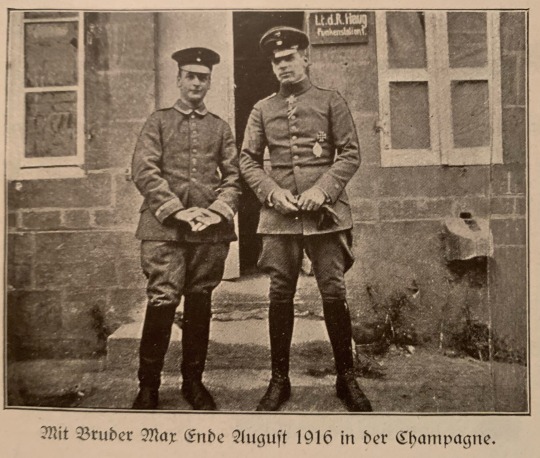



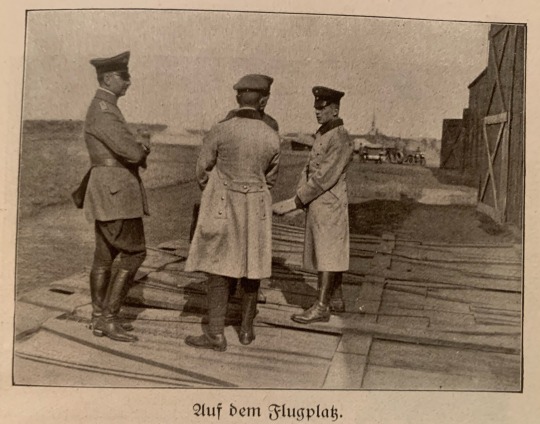

27 notes
·
View notes
Text

I can already tell I’m going to dislike this book.
Agrippina by Emma Southon
#ancient history#caligula#ancient rome#historical#history#roman empire#agrippina#roman emperor#books#historical books
13 notes
·
View notes
Text
Hi....
<————««Jasmin»»————>
• 22 yrs *-
@starrkermarvel
♡♣︎_- Star wars, starker, stucky , stony, Lucemond, thorki ♡♧*-
➹ Books, reading, fantasy, sci-fi, dark academia, historical fiction/fantasy, age gap, slow burn, fast / slow pace, abo, comics, manga, star wars, star Trek, series , fanfic ➷
❀❀❀❀❀

#starker#stony#stucky#lucemond#thorki#anime and manga#star wars#star trek#fantasy books#sci fi books#book moodboard#hogwarts au#fanfiction#historical books#comics#obikin#hannigram#good omens#kpop
7 notes
·
View notes
Text
Photos from Охотничьи Лайки (Hunting Laiki) by А. Т. Войлочников (A. T. Voylochnikov) and С. Д. Войлочникова (S. D. Voylochnikova).
Finnish Spitz and Finnish Spitz head
I'm only able to roughly translate russian currently so *please* correct me if I make any errors on these!

#hunting laiki#a. t. voylochnikov#s. d. voylochnikova#hunting dog#finnish spitz#laika#historical dog#historical books#is 1980s historical it seems kinda recent to be called historical#dog books#dog history#breed history#my library
12 notes
·
View notes
Text
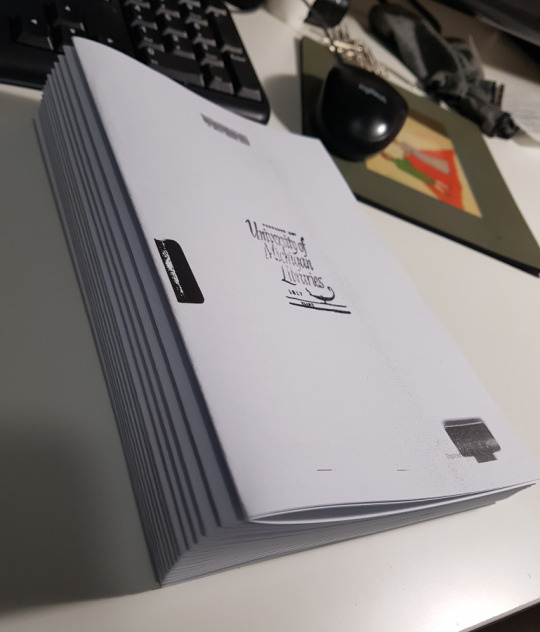

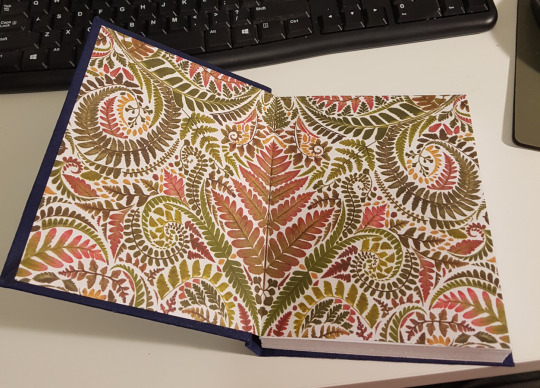

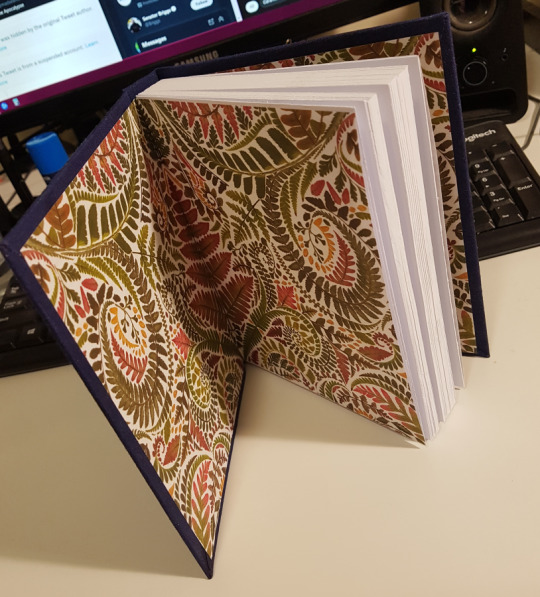
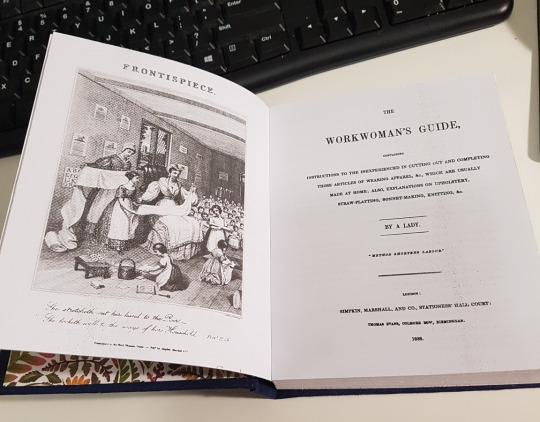
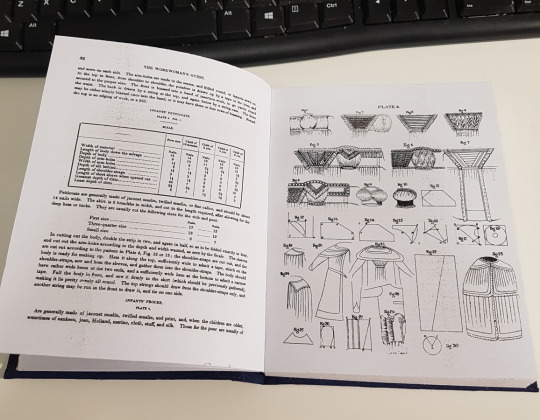
Somewhere along the line, I had the startling realisation that I could print and bind digitally archived old books that are nigh impossible to find print copies of.
I've had a copy of "The Workwoman's Guide" sitting on my computer for some time - it's a great resource if your looking at patterns for clothing in the 1830s specifically - a lot of more modern books that cover historical costuming don't tend to cover this period overmuch. Being written in that period as well though, finding a physical copy is very unlikely for me.
Now, Adobe Reader does have a pamphlet folding option in its print settings, but it does not have the knowhow to figure out multiple signatures all by itself. As long as you're willing to do a little maths however, it's actually pretty simple to convert a .pdf document into bookfold signatures.
The fancy leaf paper came back for the endsheets on this one, and I lined them up so that the fold of the endsheet was right down the middle of the mirrored pattern, which I think looks so nice :)
I still need to decorate the cover, but still not 100% what I want to do with it. It's a good solid book though, you can give someone a good whack with it.
8 notes
·
View notes
Text
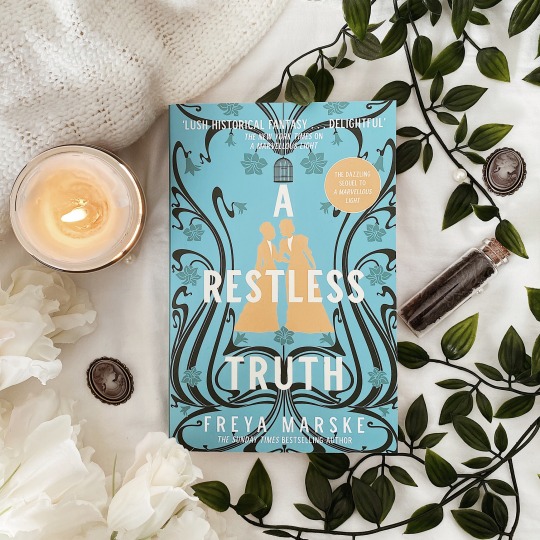
📖 REVIEW 📖
⭐️⭐️⭐️⭐️⭐️
Okaaay so I loved A Marvellous Light because queer historical romance with a murder mystery going on and magic! It’s like a combination of all the things I love in a book and it was kind of the perfect book for me, you know?
So you can imagine my excitement when I discovered there were going to be two more books! Yes, this book at least, doesn’t follow Edwin and Robin which is kinda sad because I love them dearly, but the mystery and the quest for the other parts of the Last Contract continues! Plus I loved Maud in the first book so I was excited to get to see more of her and hello?! It’s a murder mystery on a ship!? With, I repeat, MAGIC!? What was not to love!?
First things first: I LOVE THIS WORLD! I truly do, it’s historical but there’s magic so seamlessly slotted in, it’s brilliant. I was so happy to slip back into it and pick back up with the hunt for the contract pieces. This one doesn’t mess around either, because we’re straight in with a murder to kick it all off and there’s quite a few suspects because…giant ship. Titanic level ship, even.
As I said, I LOVED Maud in the first book and continued to love her in this one. She can and will stand up for herself, she’s strong and intelligent and wonderfully stubborn when it comes to getting what she wants. I feel like she really comes into her own in this book, away from Robin, and she’s not the only brilliant character!
We also have Violet, another wonderfully independent strong woman who happens to be heading back to London to claim her fortune after working in a theatre in New York. I can’t tell you how much I loved getting two wonderfully strong, badass independent female characters in a historical book and the ROMANCE?!
It’s spicy. Dare I say, even spicier than Edwin and Robin? I seriously loved the two of them, and I shipped them immediately. They’re quite the formidable match, though it takes them a minute to get there!
I also really loved new character Ross, our reporter/purveyor of spicey literature who ends up joining their little team and I truly do hope we get to see more of him because I lowkey ship him with *drum roll* Hawthorn. Oh yes folks, the grumpy asshole makes a return and we get to see quite a lot of him. I actually found myself taking a bit of a shine to him, despite said grumpy asshole-ness.
It’s just as well then that it seems like, as I’d hoped, Book three is going to feature a looooott of Hawthorn and Ross! I can’t wait 😍
Anyway, the writing is brilliant and entertaining, pulling you into the world of the book and while you might be able to get away with reading this without having read the previous one…it’s probably going to end up being a little confusing if you haven’t! The mystery of the Last Contract deepens slightly and there’s a few more reveals about what went down as well as some twists and betrayals to keep you on your feet!
Considering the entire book takes place over the course of a few days, however long it takes to sail from the US to London (I think it was like 3? It felt like a long time because there's a lot going on but it was actually quite short!), the plot is solid and very tight. There’s no room for faffing around and there’s so much going on alongside the romance, plot twists and budding friendships to keep you occupied.
There’s magic, murder and quite literally lions and tigers and bears running amok all over the place. There’s even a casual seance and a jewel thief. When I say there’s never a dull moment, I truly do mean it and this is a brilliant sequel to A Marvellous Light! Marske has become an auto-buy authfor for me at this point and I truly can’t wait for the next book!
#books#bookish#booklr#reading#book#blogger#book blogger#book review#sapphic#sapphic books#historical#historical books#romance#romance books#historical murder mystery with romance#queer lit#queer romance#queer books#A Restless Truth#The Last Binding#freya marske
15 notes
·
View notes
Text
Historical writing practices in Thailand
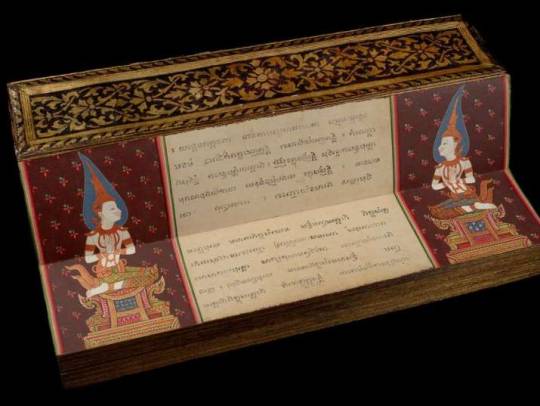
Thailand, along with other areas of Southeast Asia and India, traditionally used palm leaf manuscripts.
The individual palm leaves were first dried and a type of stylus / knife pen was used to inscribe the text. Natural colourings are then added to sit in the groves of the text and a clean cloth is then used to wipe off the extra colour.
In Thailand there were two ways the palm leaves were used.
The first involved individual thin strips of leaves which were punctured with holes and then threaded together with string.



The second employed a style known as folding book manuscripts where a thick piece of paper, often made from the Siamese rough bush tree, was glued together in a long sheet.
This was then folded in concertina fashion with the front and back lacquered to protect the inside.
These unbound books can be found with white and black pages. Soot being used to darken the latter.
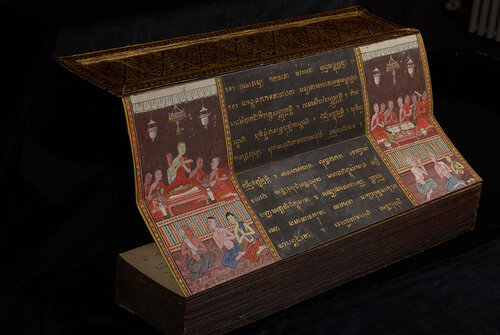





This technique was called samut khoi in Thailand and dates back to the Ayutthaya period (14th-18th centuries.)
Illustrated folding books were very popular in Buddhist monasteries and among royals and nobles.
#thai culture#historical writing#historical books#history#literature#beautiful books#man suang fic inspiration
6 notes
·
View notes
Text

Ucciderò Vittorio Amedeo II by Massimo Centini
Centini is an Italian anthropologist who specializes in the history of witchcraft locally. His books and articles are being very useful for the work on my thesis, and this book is at the top of the list. It's unfortunately out of publication, but I managed to find a used copy in perfect conditions on ebay.
This book can be divided in two main sections, the first is an essay that firstly presents the witch trials in question, and then gives a more general look at witchcraft from an anthropology perspective. The second half is the full transcription of the criminal records that are present in the archives. This last part has been a time saviour for my thesis work, as not only I do not have to travel to the archives for these specific documents, but I also do not have to spend days and days trying to decifer XVIII century handwriting.
This book is on the first trial that started this small witch hunt in Turin at the beginning of the 1700s. It's the accusation of Gio Antonio Boccalaro, a prisoner in the accused of witchcraft by his cellmate. Not only he his accused of practicing witchcraft, and so of being an heretic, he is accused of planning to use magic to murder king Vittorio Amedeo II Savoia. I knew the story, of course as this is part of my thesis work, but reading the actual trial papers hit differently. Not only the main actors of this real story were younger than I had expected, but to read the very words accusers said, and the answers this man gave stating his innocence made me experience this story in a very different way. I will be reading passages of both the essay and the documents over and over in the next few months, but a full read of the book felt more natural then expected when thinking that 100+ pages are historical sources with just a couple of annotations. It was a great find, my love for history feels even stronger now, and my interest for this case has never been as deep as it is now.
#it's a weird review i know but i felt bad leaving this out. plus writing these reviews helps me think on what i read much more#book#books#non fiction book#history of witchcraft#italian history#modern history#studyblr#bookblr#booklr#book review#book rec#book recommendation#book cover#tiny books#historical books#historybkr#uniblr#studyinspo#reading#2022 books#mine#the---hermit
41 notes
·
View notes
Text
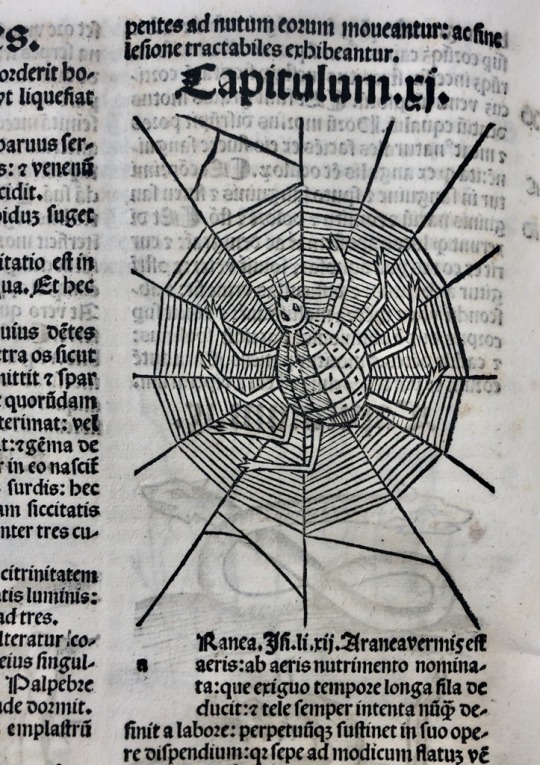
Entry on arachnids, Ortus Sanitatis, 1511. Held in the Rare Books collection, State Library of Queensland.
Source
#medieval art#woodcut#medieval book#medieval history#medieval#dark academia#rare books#books#library#libraries#support libraries#Latin#ecclesiastical Latin#Ortus sanitatis#historical#historical books#16th century#learn Latin#historical art#art history#early enlightenment#dark academia aesthetic#light academia#chaotic academia#sharing collections#from the collection#slq
19 notes
·
View notes